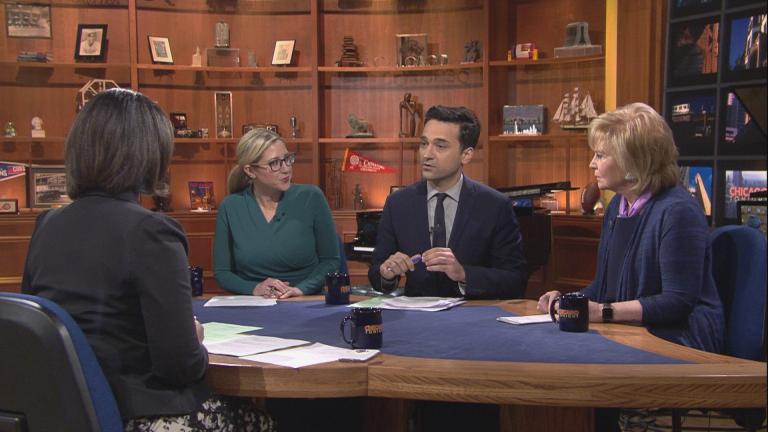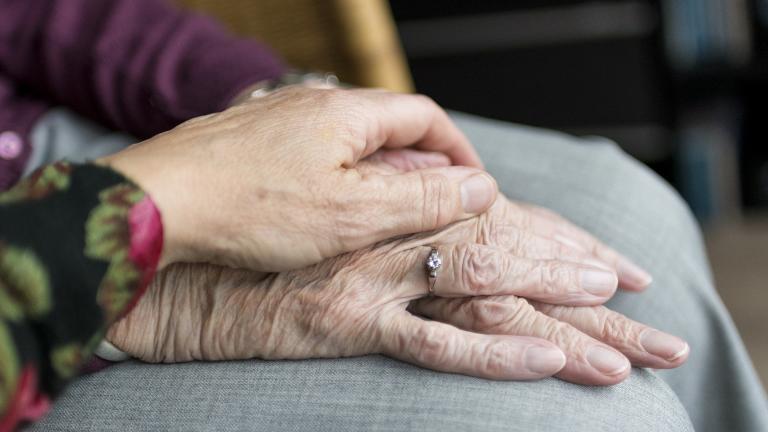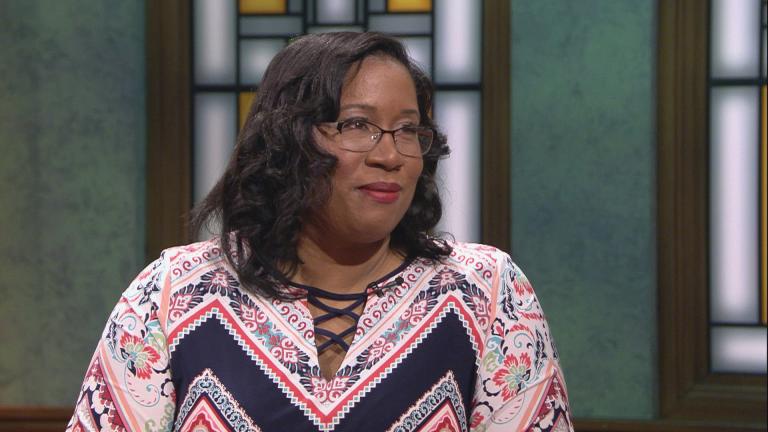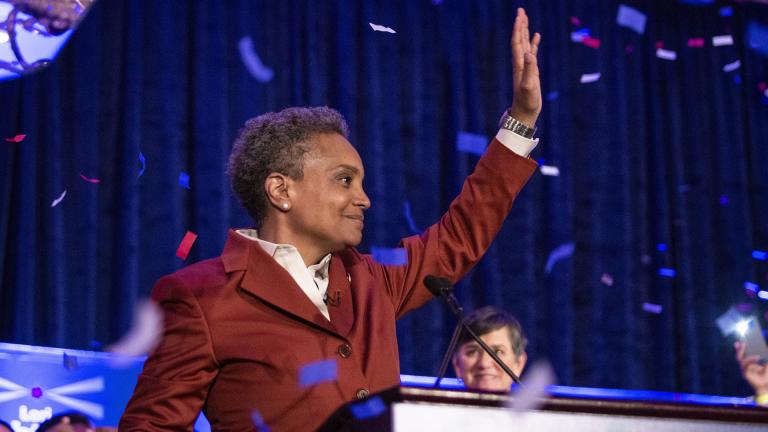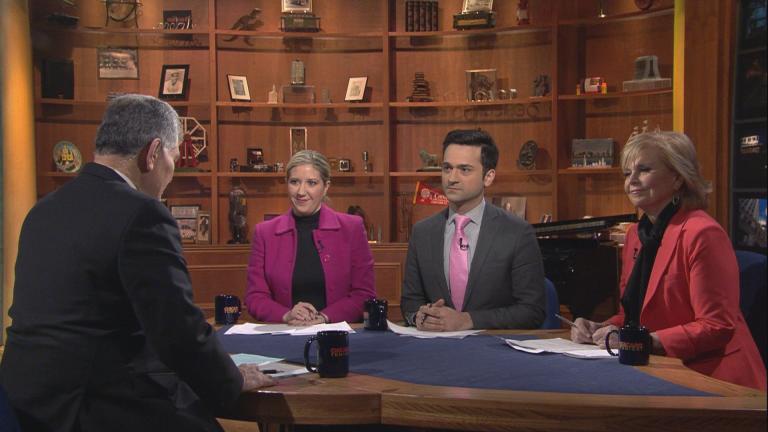Lori Lightfoot or Toni Preckwinkle: that's the choice Chicago voters will have for mayor on April 2. But with Lightfoot getting 17 percent of the vote in the Feb. 26 election and Preckwinkle getting 16 percent, two-thirds of voters picked a different candidate to be the city's next mayor.
What if voters were able to rank the 14 candidates for mayor, so that if they couldn't get their first pick, their second choice might have a chance?
That's the idea behind a method called “ranked-choice voting" or "instant runoff voting."
“Ranked-choice voting is a simple voting process where voters rank their candidates from their favorite to their least favorite,” said Sean Raju, a political filmmaker and volunteer with the Illinois chapter of FairVote, a national nonpartisan organization that advocates for ranked-choice voting, or RCV.
Raju said if one candidate doesn’t get the majority, then the candidate who received the lowest amount of votes is eliminated and election judges then take into account voters’ second choices. The process continues until a single candidate receives the majority of votes.
“It saves money and it’s reflective of what people actually want,” Raju said.
He joins us to discuss the voting method and how it may have affected Chicago’s municipal election.
Related stories:
In 3 Wards, Chicago Voters Oust Incumbents, Opt for Newcomers
Spotlight Politics: Chicago Election by the Numbers
Chicago Aldermanic Races Yield Some Stunning Upsets

